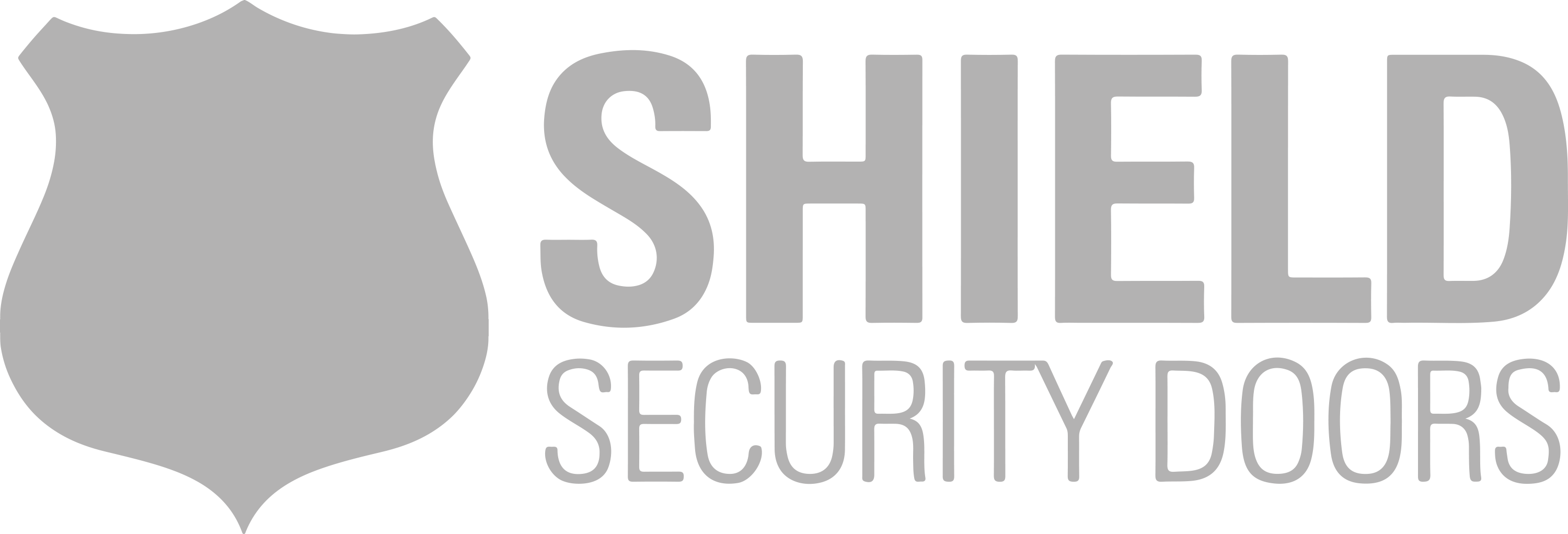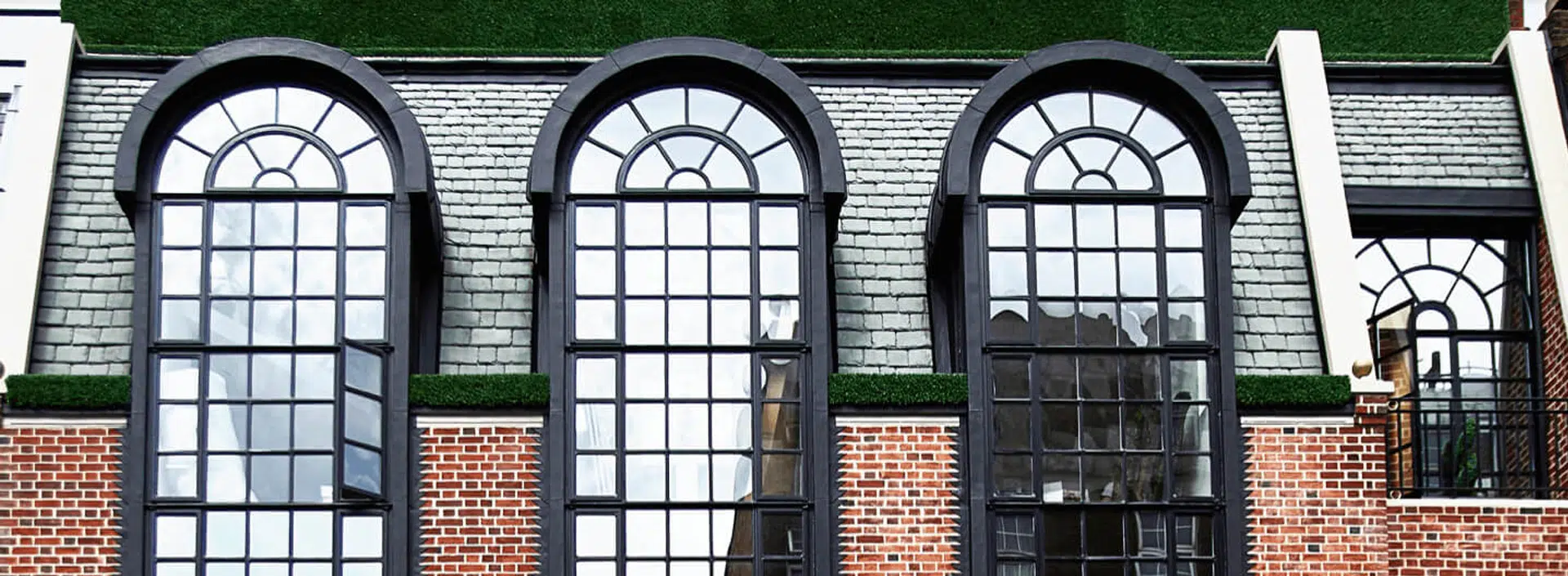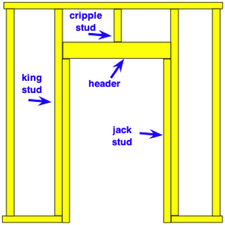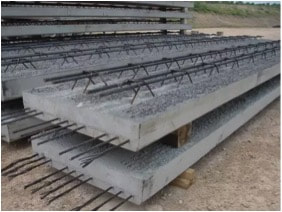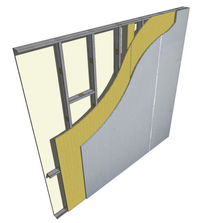We’re often asked: “If your doors and windows are so strong, why don’t people go through the walls?” It’s a valid question because a home is only as secure as its weakest link. But what the question misses is that going through walls is a highly unusual scenario in opportunistic crime. If someone’s tearing down walls to get to you or your belongings, you’re a high-risk individual who should consider reinforcing walls. For 99% of us, this is not the case.
With many of our clients, the threat scenario is to protect against opportunistic crime. To achieve this, you need to deny the would-be criminal of their opportunity. Ordinary doors, non-security glass, and unlocked doors are the easiest points of entry for an opportunistic criminal and a Shield door or window eliminates the opportunity. The average burglar will jiggle the knob, give it a few kicks, or try to smash a window before moving on to the neighbor’s house. Defeating opportunistic crime does not require reinforced walls.
However, reinforcing your walls can have other benefits. There are multiple ways to reinforce walls to complement our doors. Some are probably excessive for the average homeowner but others are more routine and could make a difference.
Framing the Opening
The most common wall reinforcement you might need is to double or triple up on the king studs or jacks. For openings framed in wood, Shield strongly recommends these modifications in order to better support the weight of the door and frame. The wall should have at least 4” of studs to accept the 4” lag bolts. When adding jack studs, be aware of reducing the rough opening for the door frame.
Clients also ask if the doors are secure in a wood framed opening, and the answer is ABSOLUTELY! So much so that when we conduct US State Department forced entry testing at the NTS Chesapeake laboratory, we do so in wood sub-frames to simulate what it would be like if the door were installed in a wood-framed opening.
Reinforced Concrete
This is more on the heavy-duty side of things. If you live in an area with high winds or severe weather, reinforced concrete walls are a good addition to your security project. These are also commonly used for high-threat scenarios or detailed security requirements, such as government buildings or critical infrastructure.
Ballistic Wall Panels
Even if you don’t expect your walls to come under attack, installing fiberglass ballistic panels will prevent a stray round from penetrating a wall, or give extra peace of mind when constructing a safe room or surrounding your front entryway. Ballistic panels can stop anything from a 9mm round to a 7.62 from an AR-15. This is a cheaper, more discrete way to up your security without the weight of metal or concrete.
